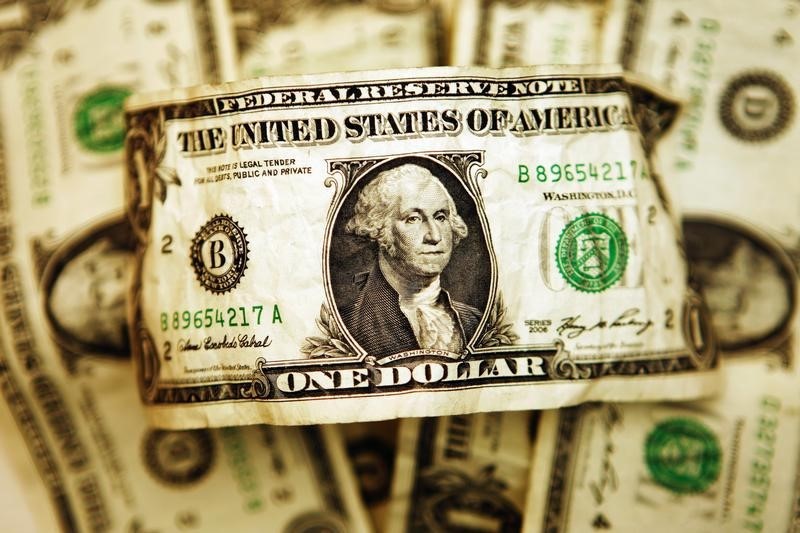Investing.com - The US dollar experienced a surge during Asian trading on Thursday, following indications from the Federal Reserve that rate hikes may be on the horizon later this year. Meanwhile, both China's and New Zealand's currencies faced declines due to signs of economic weakness in their respective countries.
As focus shifts towards other central bank decisions this week, the yen has weakened significantly in anticipation of the Bank of Japan's two-day policy meeting. The dollar index recovered by 0.4% to 103.35 after hitting a four-week low of 102.66 on Wednesday when the Fed decided to maintain interest rates but hinted at a possible increase of another 50 basis points by year-end.
The European Central Bank is set to announce its next rate decision today with market predictions suggesting a 25 bps hike followed by an additional one in July before pausing for the remainder of the year.
On Friday, it is anticipated that the Bank of Japan will uphold its ultra-dovish stance along with maintaining its yield curve control settings. According to Sim Moh Siong, currency strategist at Bank of Singapore, recent announcements from the Fed indicate "a hawkish pause" which could potentially support continued strength for the US dollar in upcoming weeks.
In contrast, both Euro and Yen struggled as the euro dropped down by 0.1% against USD while surging against yen; whereas yen plunged by about 0.9%. Amidst these fluctuations, Japan's top government spokesperson expressed concerns over volatile currency market movements and assured necessary actions would be taken when required.
New Zealand's Kiwi dollar also took a hit falling down by 0.5% following reports indicating technical recession within the country’s economy leading people to question further rate hikes viability.
Lastly, China’s yuan experienced a slight decline touching its weakest point since November after PBOC cut borrowing costs for medium-term policy loans first time in 10 months. This action came after PBOC’s short-term lending rate reduction earlier this week and analysts are now expecting more cuts to benchmark rates in upcoming weeks to support the economy.
